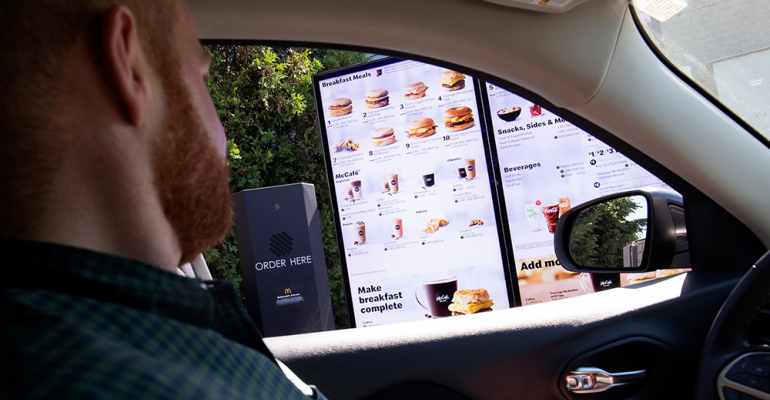Some good news for weary consumers – inflation fell to 3% in June, marking the 12th consecutive month of declines and the lowest rate since March 2021. According to the Bureau of Labor Statistics’ Consumer Price Index, the core inflation level (excluding volatile food and energy prices) remains at 4.8%, or well above the Federal Reserve’s 2% target, which could trigger more interest rate hikes.
Notably, gas prices had the biggest impact in June, dropping over $1 from last year, which bodes well for travelers and on-the-go restaurant consumers.
Meanwhile, the food index rose 0.1% during the month, with food-at-home, or grocery, remaining unchanged, while restaurant meals ticked up 0.4%. The index for full-service meals rose 0.3% over the month, while limited-service meals increased 0.4%. Menu prices eased a bit in June, with food-away-from-home prices up 7.7% versus last year, including 7.8% at limited-service restaurants and 6.2% at full-service restaurants. This is compared to May in which food-away-from-home prices were up 8.3%, including 8% at limited-service restaurants and 6.8% at full-service concepts.
While menu prices are cooling, the gap between grocery and restaurant continues to widen; March was the first time food-at-home prices fell since September 2020 and the first time in which food-away-from-home outpaced grocery/retail pricing since 2021. This increasing gap could be a concern as consumers become more discerning. New data from Revenue Management Solutions, for instance, finds that quick-service traffic decreased 1.8% versus Q2 last year, while quantity per transaction fell by 3.5%, indicating that consumers are ordering fewer items to spend less. RMS reports that 31% of U.S. consumers are spending less of their disposable income on restaurants and, of those, one in three said they are intentionally reducing the size of their orders to save.
In a note released Wednesday morning, Mark Kalinowski, from Kalinowski Equity Research, the 300 basis-point gap between grocery and restaurants far outpaces the historical average of a 60-basis-point gap. In part because of this, Kalinowski doesn’t expect second-half 2023 U.S. restaurant same-store sales to be as strong as first-half 2023.
That said, restaurant prices are not rising as fast as they did from August 2022 through May 2023, which reflects some commodity price alleviation.
“Does this imply that March 2023’s +8.8% number will end up being the high-water mark for restaurant pricing? We shall see,” Kalinowski noted. “That said, restaurants may need to do some ‘catch-up’ pricing, so we expect this number to remain quite high by historical standards for the next 2-4 months, at least.”
Contact Alicia Kelso at [email protected]





